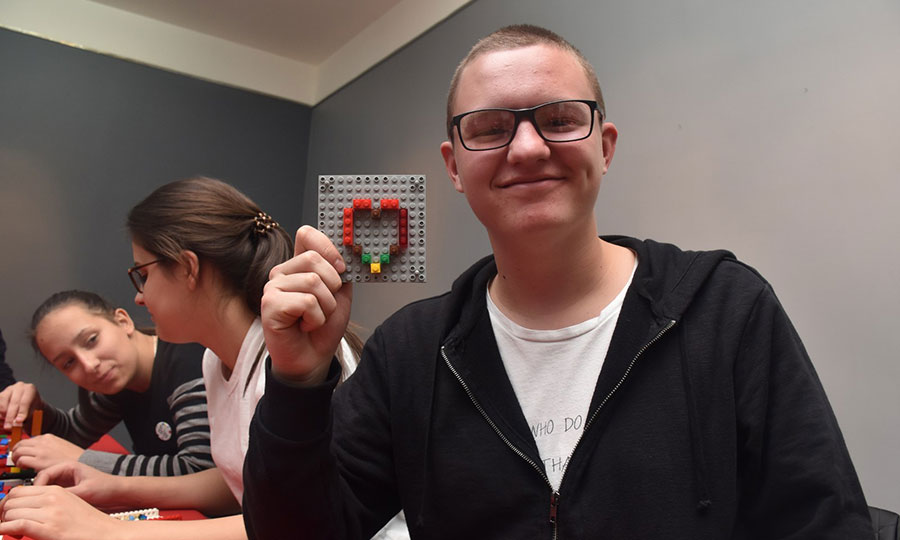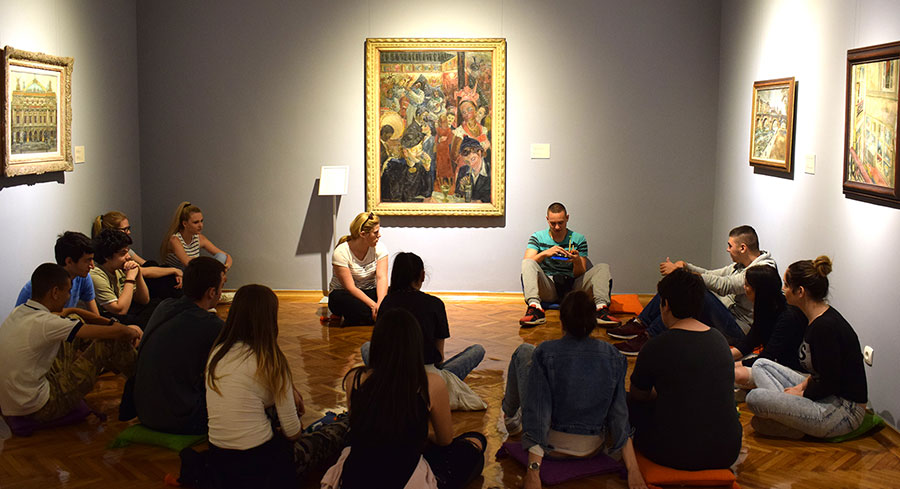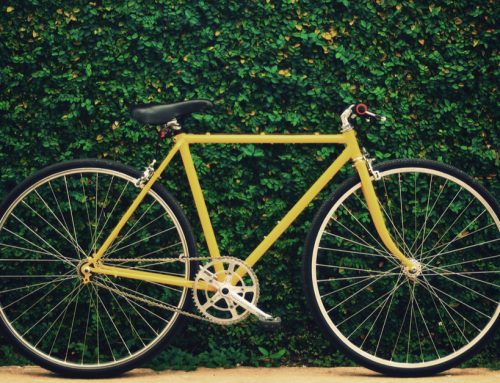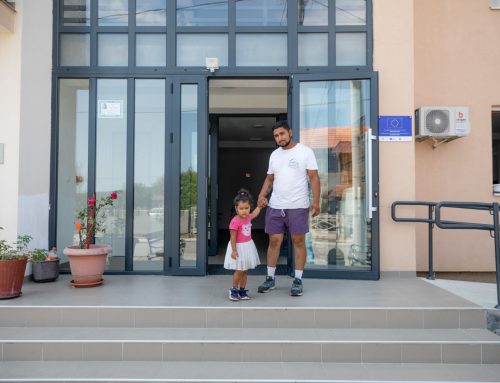From June 2016-October 2017, the Gallery of Matica srpska in Novi Sad organised a series of workshops aimed at primary and secondary school students titled “Hear Me – Bringing Youth and Museums Together“. The idea behind workshops was to establish and strengthen the link between the youth and museums. The Gallery implemented the project in cooperation with the National Gallery of Slovenia, Kunsthistorisches Museum in Vienna and Barcelona-based Innovación Social Emprendedores Sociales under the auspices of Creative Europe – European Commission’s largest programme dedicated to culture and audio-visual sectors.
The project “Hear Me – Bringing Youth and Museums Together” is a youth educational programme seeking to find answers on how museums and galleries can appeal to younger audiences and make them think about global topics and problems of the society. Through artworks dealing with migration, that is movements of people and cultural heritage, the central topic of the project reveals itself – how the key issues of the modern world can be perceived through art of past.
 The Gallery of Matica srpska organised two workshops which dealt with the issue of migration in local community from two different perspectives. The idea was to face the young people with consequences of leaving one’s home country in search for a better life and education, on the one hand, and the way in which the media, visual media in particular, affect the mind-set and attitude of younger generations towards migration, both past and current.
The Gallery of Matica srpska organised two workshops which dealt with the issue of migration in local community from two different perspectives. The idea was to face the young people with consequences of leaving one’s home country in search for a better life and education, on the one hand, and the way in which the media, visual media in particular, affect the mind-set and attitude of younger generations towards migration, both past and current.
The workshops used the paintings of Paja Jovanovic (Migration of the Serbs) and Bogdan Suput (Tavern in Paris, Backyard in Paris, Carinska Street) as a starting point and analysed them by applying several methodologies – BrickMe, Design Thinking, Gamification and open art dialogue, adapted to museum environment.
Using Lego building bricks, the youths expressed their thoughts about the main subject and artworks. Even though they all used the same building material, each model was different and had a personal touch. Observing each other’s models, the participants sought differences and similarities in models, that is, their observations. Observing the artworks, they discussed the issue of migration, its meaning and impact and, at the end of workshops, exchanged their views and debated the subject.
 By taking part in workshops, young people acquired skills necessary for their future life in the modern world such as critical thinking. Also, they were brought closer to different learning styles, the ability to find solutions, improved their teamwork skills, lifted their competitive spirit and raised their awareness of the importance and impact of culture and cultural heritage on the quality of life. Also, they looked at culture and art through the lens of modern world and improved their social and emotional skills, empathy and tolerance.
By taking part in workshops, young people acquired skills necessary for their future life in the modern world such as critical thinking. Also, they were brought closer to different learning styles, the ability to find solutions, improved their teamwork skills, lifted their competitive spirit and raised their awareness of the importance and impact of culture and cultural heritage on the quality of life. Also, they looked at culture and art through the lens of modern world and improved their social and emotional skills, empathy and tolerance.
The project gathered 125 schools, 7,000 secondary school pupils, 700 teachers, 150 university students and 100 museum education experts and professionals from Serbia, Slovenia and Austria. As a result, a specialised museum manual in four languages has been produced.
To top the project off, on 29 and 30 September the Kunsthistorisches Museum in Vienna hosted the final conference participated in by museum professionals who exchanged their experience of the project and discussed its importance.




